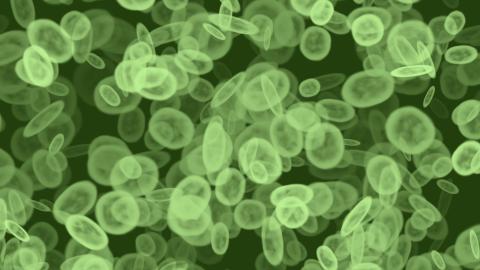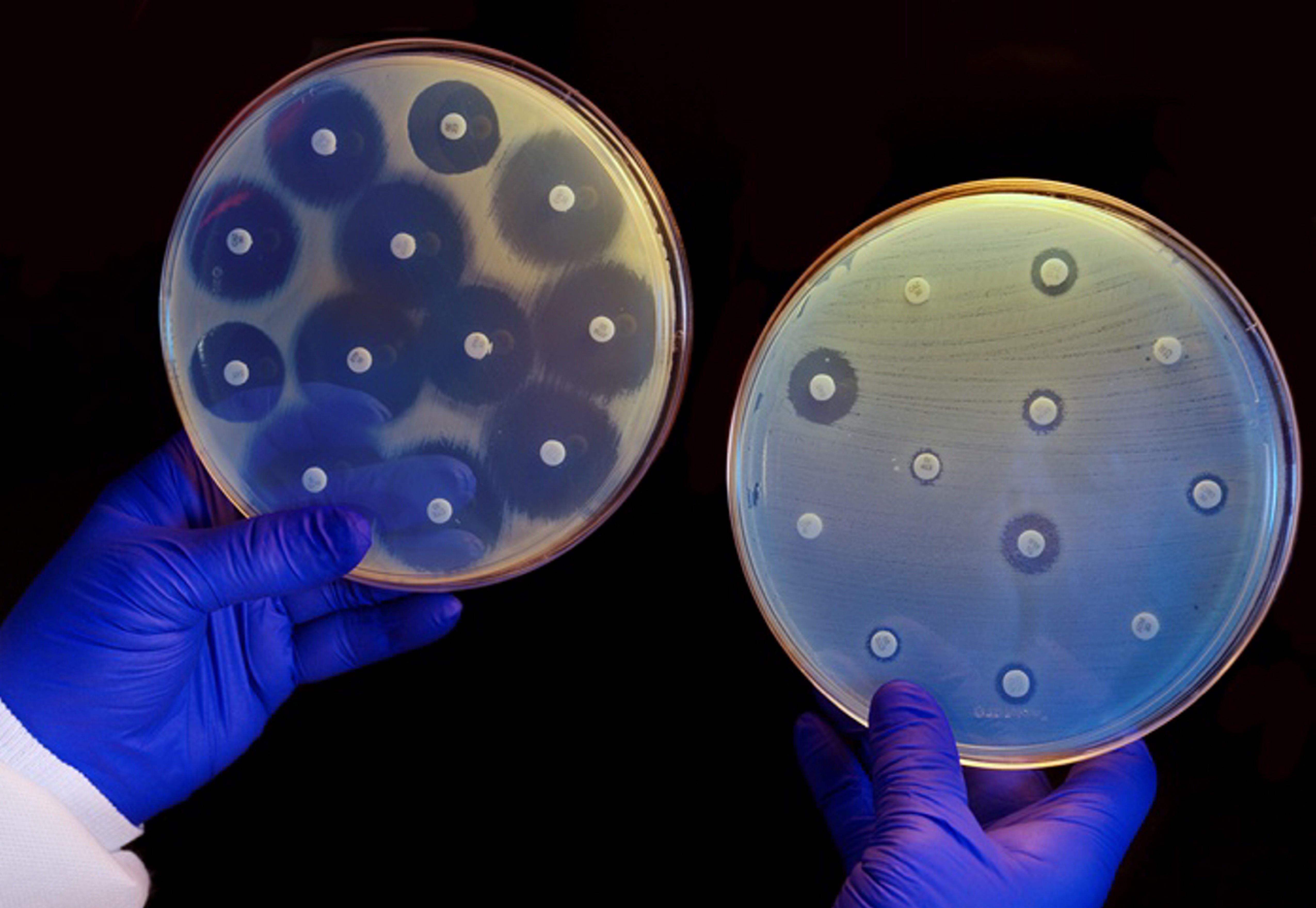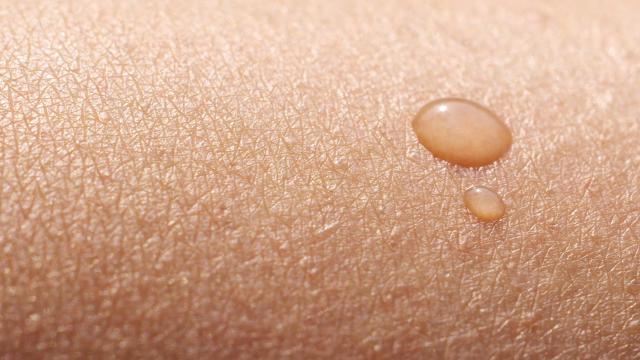Using Nanotechnology to Fight Bacteria

What’s the Latest Development?
In the fight against harmful bacteria, which cause everything from slight colds to serious infections, we have traditionally enlisted the help of chemical sprays. Downsides, however, such as chemical toxicity and the ability of bacteria to adapt and produce resistant offspring, have prompted scientists to search for better alternatives. Passive microbial agents like UV light and copper alloys are effective at killing bacteria but have their own limitations: Humans must apply UV light to surfaces and building materials with copper can quickly become expensive.
What’s the Big Idea?
By using nanotechnology, researchers at Swinburne University, Australia, have found a novel solution to killing bacteria on the spot without using expensive metals or toxic chemicals. So-called nanopillars, arranged like a bed of nails, are imperceptible to the human touch but cause bacteria to puncture their membranes and essentially bleed out. “…[I]nducing this microenvironment on hospital surfaces like door handles, bed rails and tables can help prevent hospital-acquired infections which are a huge issue in hospitals all around the world.”
Photo credit: Shutterstock.com
Read it at Scientific American





